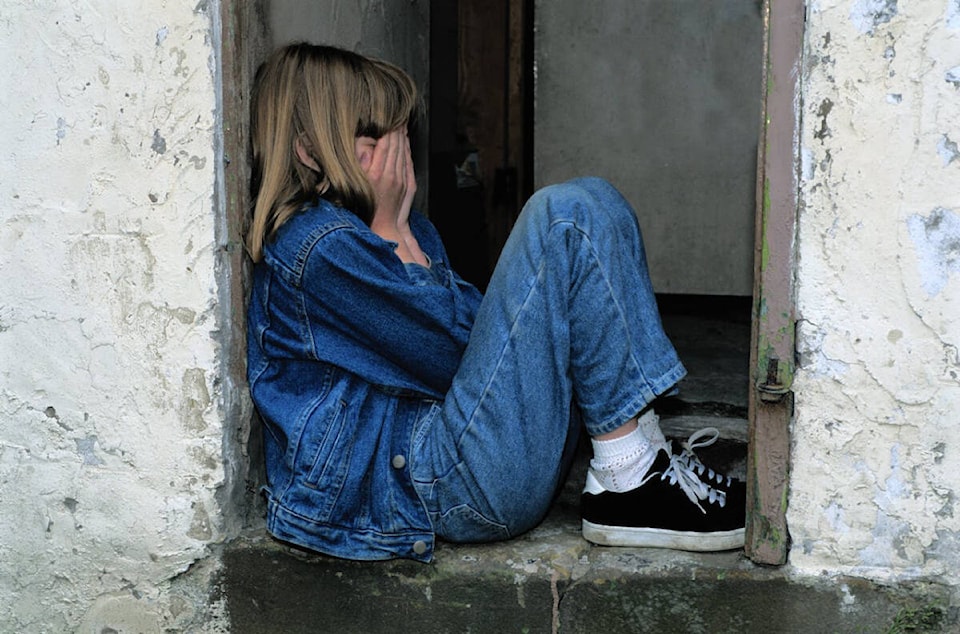Emotional and physical abuse of children go hand in hand, according to Catherine Costigan, clinical psychologist and professor in the University of Victoria psychology department.
When physical abuse occurs, quite often emotional abuse will follow, she said. But it is also important to highlight that some of the parents carrying out this abuse aren’t necessarily monsters looking to harm their children.
“They’re people with inadequate support, inadequate coping skills and a lot of stress in their lives,” she said.
There is also a distinction between “harsh parenting,” where a parent might spank a child with an open hand and place limits on a child, but the harshness can become more physical and go beyond what is good parental control, Costigan said.
“There are certainly good types of parental control that should be involved. They should have rules. They should have limits,” she said. “But you can do that without hurting the child physically, without hurting the child emotionally.”
B.C. has the highest rate of child maltreatment in Canada, according to Stats Canada, with 69.5 per cent of children under the age of 15 experiencing either physical or non-physical maltreatment.
“There’s emotional abuse, which can be just as damaging as physical abuse. And then there are several different forms of neglect. Physical neglect, emotional neglect,” she said.
Teenagers tend to receive more verbal abuse, whereas younger children are subjected to physical abuse, according to Costigan.
“As kids get bigger, they will fight back,” she said. “So it’s maybe more of a cue not to do that.”
There might be a variety of reasons that B.C. has high rates of child abuse, said Costigan, as families who are living in poverty can be most at risk of spiralling into abuse.
“There’s a lot of housing insecurity, food insecurity that raises the stress that parents face. It might be part of an explanation of why there would be higher abuse rates here,” she said.
Child abuse is not just a family-centric problem, and abusers can take many forms, she said. “Cub Scout leaders, or anytime an adult is in a position of trust and authority.”
The traditional coach relationship can be where abuse can be happening right before our eyes, said Cositgan, and when the drill sergeant type coach starts to turn physical and should be called out for going too far, said Costigan.
It can be difficult for children to come forward about abuse occurring in a family unit as reporting what is happening might result in the family being broken up and the child being removed, said Costigan.
“Finding supportive, safe environments where the child’s world doesn’t get turned upside down,” she said.
There is a lot of help available for parents who are abused and children receiving the abuse, she said, with community centers and child-centred psychologists in Victoria being able to offer help.
“If they’re struggling, there are publicly funded mental health resources,” she said.
Child abuse is a problem that is getting better on a large scale, and attitudes around parenting have changed, which are positive things, said Costigan, but as the economic downturn and stress increase, things can get worse.
It is important not to demonize those who might be abusers as doing so just keeps people in the shadows as those who are ashamed of their behaviour might be less likely to reach out for help, said Costigan.
“Recognizing this as a situation where the risks and the stress have outweighed the person’s support,” she said.
READ MORE: Victoria councillor issues new apology for letter doubting Hamas sexual violence
